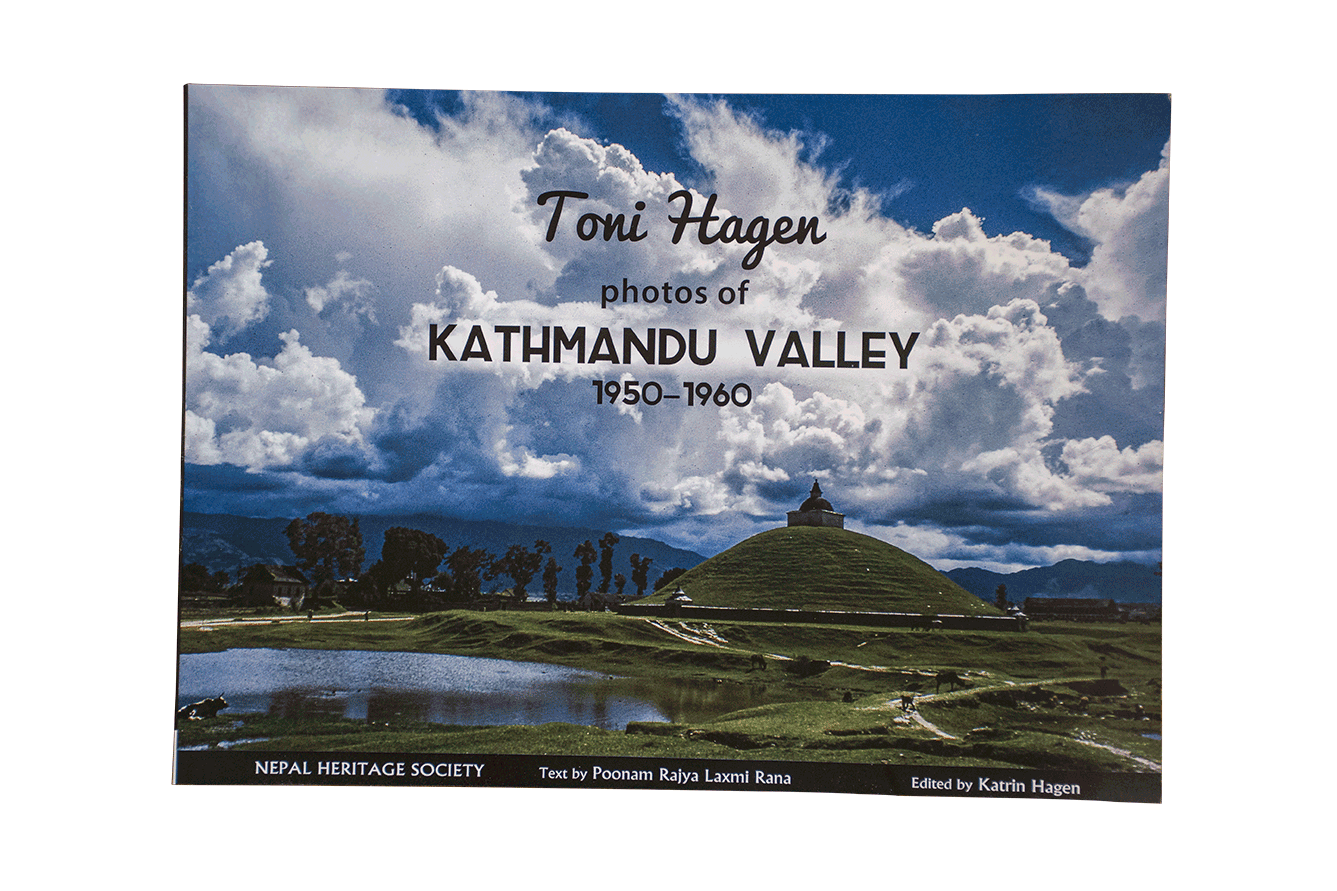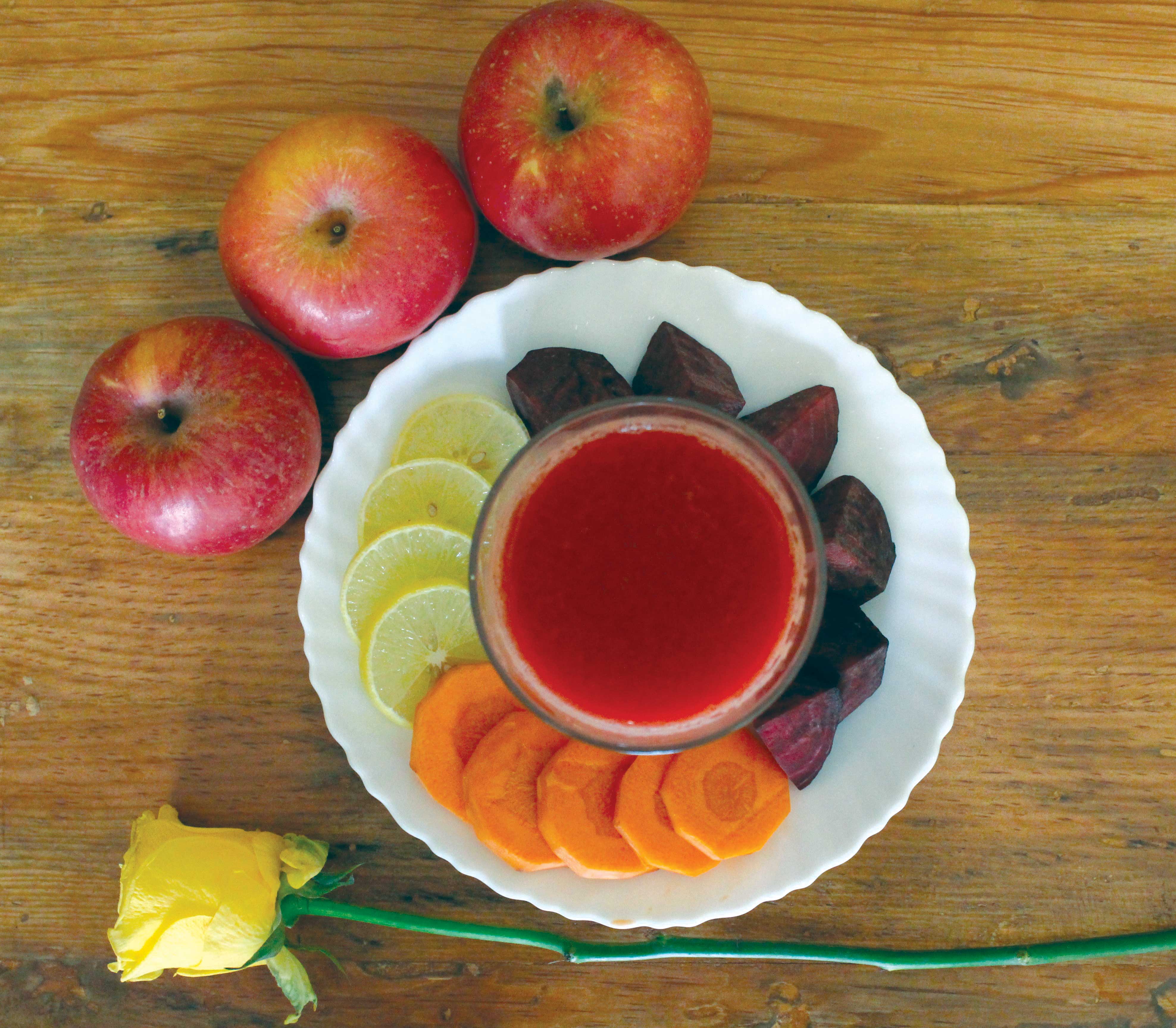How one of the most-consumed beverages in the world is transforming both urban and rural lifestyles in Nepal.
When we hear the word coffee, we usually think of the beverage, but it is also a major crop. Coffee as a drink has become mildly popular in urban centers like Kathmandu, while coffee as a crop is also making its place among farming communities in Nepal’s countryside. In cities, coffee shops have formed a new kind of social space for young and like-minded people to come together. In the countryside, more farmers are appropriating coffee as a new cash crop bringing gradual but significant changes in their lifestyle. I visited a cafe in Putalisadak at the heart of urban Kathmandu and a coffee farm in Nuwakot to find out what changes coffee has brought about to people and places.
 Coffee shops and Coffee talks
Coffee shops and Coffee talks
Coffee shops are thriving in Kathmandu today. In the past five years, the number of new cafes has multiplied and contrary to before, they are opening up away from the tourist hubs. These cafes are mostly frequented by youths, college students and young professionals in the city, who use them as a physical social platform, where they can work, chat or just plug in their earphones and read a book.
“I rarely come to cafes with the primary intention of sipping on a cafe latte,” says Mrijan Rimal, a young marketing professional who loves spending time in coffee shops mostly to meet up with friends and sometimes to catch up on work. “I find the atmosphere of certain coffee shops quite conducive to work,” he says, “Whether it is the coffee or the ambience, or both, it somehow boosts my efficiency.” Most coffee shops in town have spacious interiors with comfort lighting and seating along with free Wi-Fi, which make them great spots to pass time even without company.
Although coffee is a favorite stimulant to begin the day in most western countries, in Nepal it has only taken roots as a social beverage. Prashakta Poudyal who manages Cuppas, a quaint little cafe in Putalisadak agrees that coffee culture among Kathmandu’s youth is actually more ‘coffee-shop’ centered than about the coffee itself. “Local consumers usually don’t drink coffee for the taste or the caffeine content,” she says, “Coffee is just something to go alongside with some other activity, be it conversation, group work, or reading.” Most cafes in town attract customers less by the coffee quality they offer and more by their ambience. Coffee shops tend to have cozy and informal environments that appeal to the young crowd. These cafes are also mostly operated by young staff who help maintain the vibe. A strong western influence can be seen in the modern designs of many coffee shops that give the younger generation a feel of being more independent and away from the yoke of tradition.
 Coffee culture might be at a nascent stage in Nepal but it has taken hold of a generation of youth who are open to new ideas and experiences; if they are in the form of a warm beverage, so be it. Expressos, lattes or cappuccinos, coffee shops serve an assortment of beverages that cater to a range of tastes. Plus a wide variety of different locally produced blends and brands are available in the market.
Coffee culture might be at a nascent stage in Nepal but it has taken hold of a generation of youth who are open to new ideas and experiences; if they are in the form of a warm beverage, so be it. Expressos, lattes or cappuccinos, coffee shops serve an assortment of beverages that cater to a range of tastes. Plus a wide variety of different locally produced blends and brands are available in the market.
Coffee is also slowly making its way from cafes to kitchen counter tops. Primarily, instant coffee has already made its place for local taste. With coffee shops opening around every other corner and coffee beans easily available on the market, freshly brewed coffee may not take too long to sneak into Nepali cups.
 Farmhands and Farmlands
Farmhands and Farmlands
The coffee seed was introduced in Nepal by the monk Hira Giri in Aanpchaur, Gulmi in 1938 AD. The crop remained unnoticed until the late seventies, when under the government’s initiative coffee seeds were imported from India for distribution and farming. Until early 2000, coffee producers were not very sure of coffee being a source of income due to market problems. However, in the last 10 years there has been a substantial increase in export and also an increase in domestic market consumption that has motivated coffee producers to consider coffee as a major income generating crop.
Worldwide, the coffee industry is worth more than $100 billion dollars. Nepal despite its size has been gifted with the perfect conditions to grow coffee. “Most hilly parts of Nepal have the ideal elevation, temperature, ample water resources and fertile soil in which the Arabica breed of coffee flourishes,” says Tenzing Sherpa, a farmer as well as director at Lekali Coffee Farm in Nuwakot. He says, “Coffee farming does not need any imported raw material except for a minimal amount of fertilizers. So any small farming community can easily start coffee farming with the proper knowledge and skills. And many have already done so.”
Nuwakot is the latest addition to more than 30 Nepali districts that have been producing specialty organic coffee in Nepal. Many private coffee farms like Lekali provide employment to thousands of people all over Nepal. Opportunities have increased, especially for women who are hired by farms for taking care of the plants and during harvesting and processing seasons. The farms have provided a source for income for hundreds of families, and also empower women who have traditionally stayed at home while their male counterparts either worked in fields or went abroad for jobs. Beside private farms, local farmers have also been cultivating coffee alongside their traditional crops such as rice, wheat, barley and millet. In Nuwakot alone, 11 coffee farming cooperatives have been established in the past year.
 Coffee farming has also helped to change the ecological face of the plantation areas in Nepal. In fact, one of the reasons behind initial coffee plantations was to control soil erosion. According to Tenzing, Arabrica plants spread their roots wide and deep so they hold the soil intact preventing erosion and landslides especially during monsoon. “Moreover these plants yield better coffee if they grow under shade,” says Tenzing, “so in most coffee plantations, plenty of shadow trees have to be planted around the coffee plants to provide them with shade.” Avocado, hazel nut, citrus and macadamia nut trees can be seen spreading their lush branches over smaller but equally lush and green coffee plants throughout the farm in Nuwakot. Replantation has stopped landslides which were common occurrences before, brought back wildlife including migratory birds and also rejuvenated natural spring water sources which had dried out for years.
Coffee farming has also helped to change the ecological face of the plantation areas in Nepal. In fact, one of the reasons behind initial coffee plantations was to control soil erosion. According to Tenzing, Arabrica plants spread their roots wide and deep so they hold the soil intact preventing erosion and landslides especially during monsoon. “Moreover these plants yield better coffee if they grow under shade,” says Tenzing, “so in most coffee plantations, plenty of shadow trees have to be planted around the coffee plants to provide them with shade.” Avocado, hazel nut, citrus and macadamia nut trees can be seen spreading their lush branches over smaller but equally lush and green coffee plants throughout the farm in Nuwakot. Replantation has stopped landslides which were common occurrences before, brought back wildlife including migratory birds and also rejuvenated natural spring water sources which had dried out for years.
Over 400 metric tons of coffee beans were produced from 1760 hectares of coffee plantation in Nepal in the year 2011/12 alone according to the National Tea and Coffee Development Board. The figure has almost doubled in last five years. Currently more than 30000 farmers all over Nepal are directly involved with coffee production, while more are switching from traditional crops to coffee as many places are emerging as coffee producing areas. Although much of Nepali coffee is exported, this foreign cash crop is spreading its roots deep into the Nepali way of life.
A Very Brief History of Coffee
On the origins of coffee, there are apocryphal accounts that point to present day Ethiopia as the place where coffee was first discovered. According to historians, the earliest users to consume coffee as a social beverage were the Sufis in Yemen around the turn of the 15th century, and the first coffee house was established in Istanbul in 1551. While the coffee plant was native to North Africa, with the expansion of global trade and migration, by mid 1700s it was being grown in all major five continents. Traveling around the world, coffee seeds first arrived Nepal in 1936 from Burma in the hands of Hira Giri who started Nepal’s first coffee farm in Aapchaur in Gulmi.
Local blends and brands
Think Nescafe when you think coffee? Nepali coffee farmers and entrepreneurs are changing that fast. Choose from a list of Nepali brands and taste a distinct difference.
- Johnny Gurkha Blend Coffee
- Annapurna Organic Coffee
- Royal Everest Coffee
- Himalayan Arabica Coffee
- Him Café
- Buddha Organic Coffee
- Lalitpur Organic Coffee
Some other uses of coffee shops
- Art displays and exhibitions
- Job interviews
- Jam sessions
- Chess games and competitions
- Mini library










